What is the best practice for routing high current traces through the pads of small 0603 components?
I have a wide high current trace which that passes through a 0603 decoupling capacitor.
Initially I kept the thickness high(like below) but someone suggested that due to lack of thermal reliefs this would make the component difficult to solder or prone to tombstoning.
Do I instead take a thick trace as close to the pad as possible and then jump with a thinner trace like below?
What impact would this have on the current carrying capabilities? What is the best practice in this case?
This is a 2 layer board.



